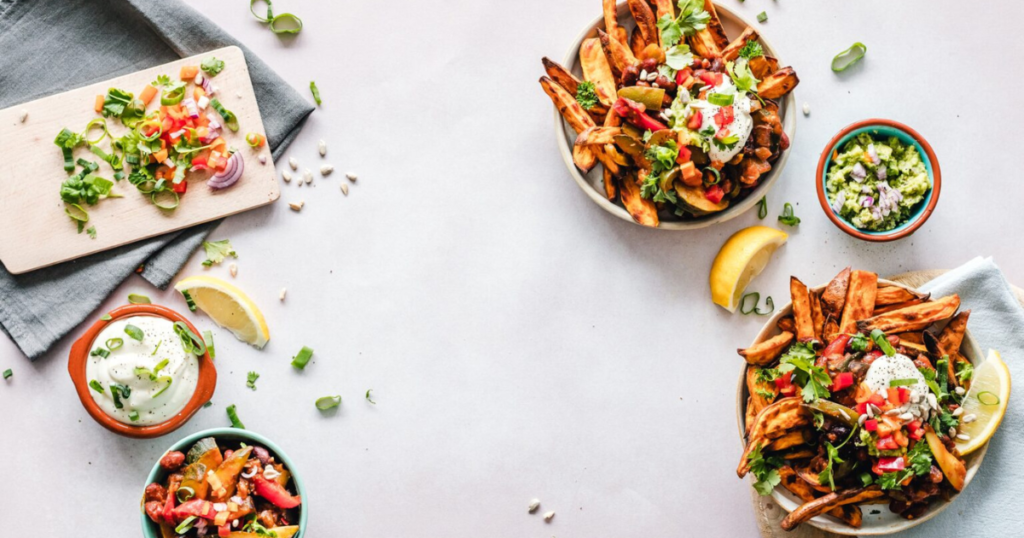Nourishment in Every Bite
The concept of a balanced meal is key to maintaining optimal health and wellness. But what exactly does a balanced meal look like? How can you ensure that each bite you take is contributing to your overall nutrition? In this guide, we will delve into the practical steps to creating a balanced meal.
The Concept of a Balanced Meal
A balanced meal aims to provide essential nutrients your body needs to function optimally. This typically includes a good mix of macronutrients (protein, carbohydrates, and fats) and a variety of vitamins and minerals.
Summary
- A balanced meal provides a mix of macronutrients and a variety of vitamins and minerals.
- The goal is to meet the body’s essential nutritional needs.
The Plate Method: A Simple Guide
A practical guide for creating a balanced meal is the “Plate Method.” Imagine dividing your plate into four quarters. Fill half your plate with colorful vegetables, a quarter with lean proteins, and the remaining quarter with whole grains or starchy vegetables.
Summary
- The Plate Method is a practical guide for creating a balanced meal.
- Half the plate is filled with vegetables, a quarter with lean proteins, and a quarter with whole grains or starchy vegetables.
Balance Your Proteins
Proteins are vital for cell growth and repair. Choose lean proteins such as fish, poultry, beans, and tofu, and try to vary your protein sources throughout the week to ensure a mix of essential amino acids.
Summary
- Proteins are vital for cell growth and repair.
- Choose lean proteins and vary your protein sources throughout the week.
Carbs: Go for Whole Grains
Whole grains are packed with fiber, which aids digestion and keeps you feeling full. Choose brown rice, quinoa, or whole grain bread over refined grains for a nutrient-rich meal.
Summary
- Whole grains are high in fiber and keep you feeling full.
- Opt for whole grains like brown rice, quinoa, or whole grain bread over refined grains.
Healthy Fats for the Win
Include a source of healthy fats in your meal, like avocados, nuts, seeds, or olive oil. These provide essential fatty acids and help absorb fat-soluble vitamins.
Summary
- Include a source of healthy fats in your meals.
- These provide essential fatty acids and help absorb fat-soluble vitamins.
Fill Up on Fiber
Fill half your plate with a variety of colorful vegetables for a fiber boost. This aids in digestion, helps control blood sugar levels, and contributes to feelings of fullness.
Summary
- Half your plate should be filled with colorful vegetables for a fiber boost.
- Fiber aids digestion, controls blood sugar, and contributes to feelings of fullness.
To Sum Up
Creating a balanced meal doesn’t have to be complicated. By using the Plate Method, ensuring a good mix of macronutrients, and including a variety of colorful fruits and vegetables, you’re well on your way to optimal nutrition.
